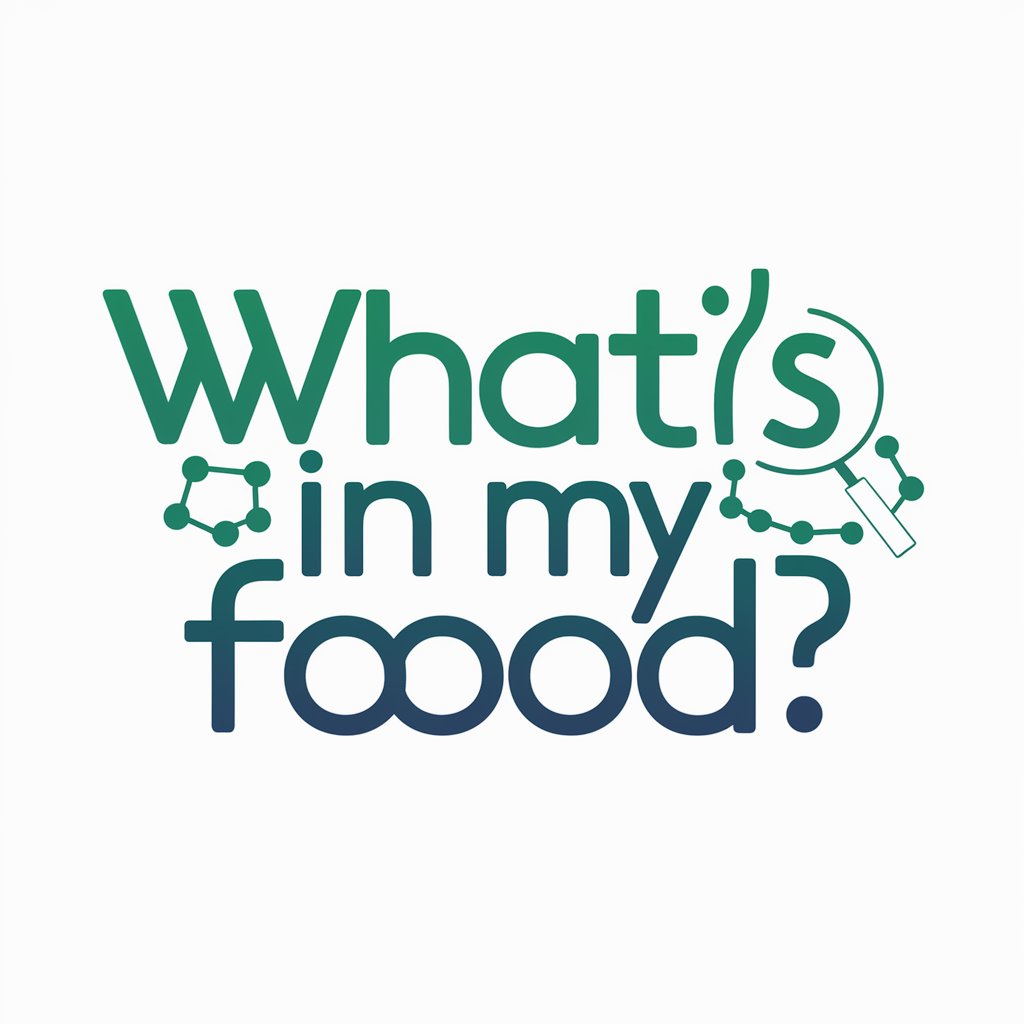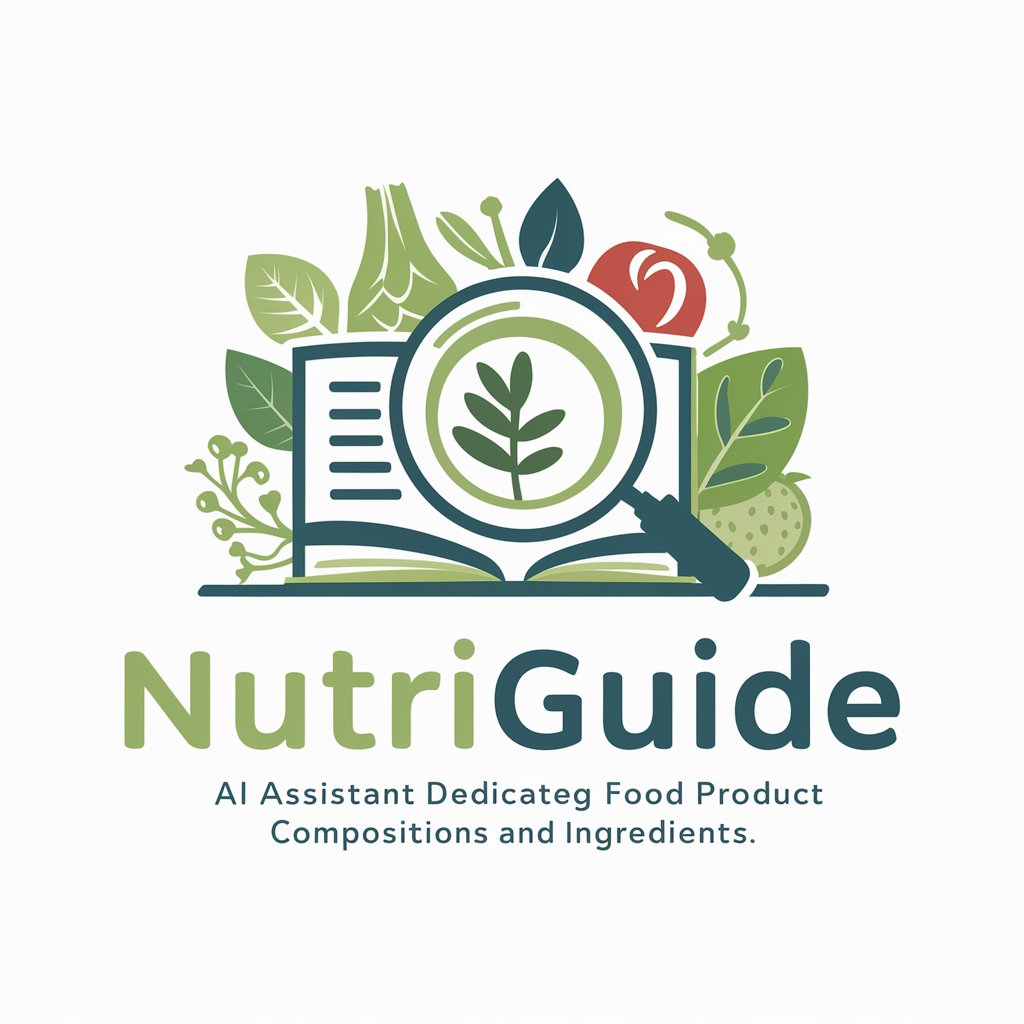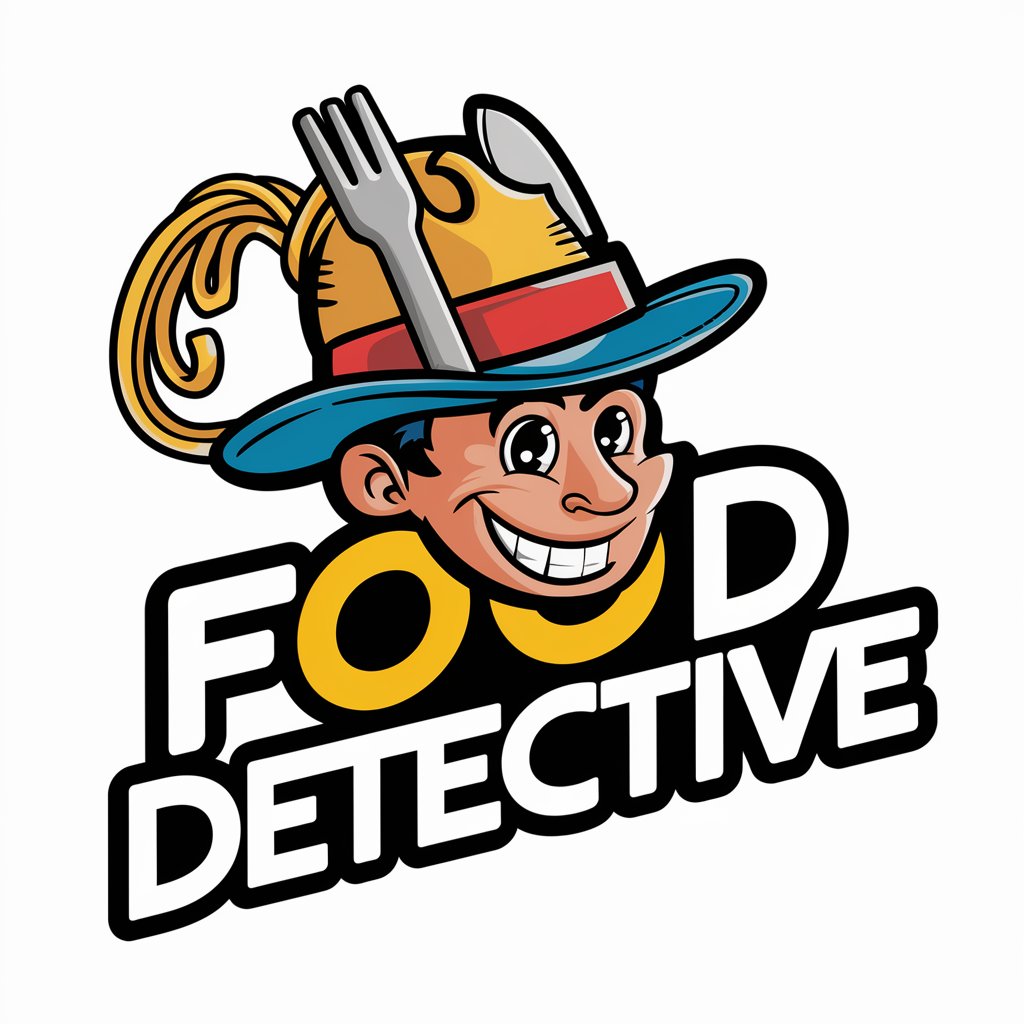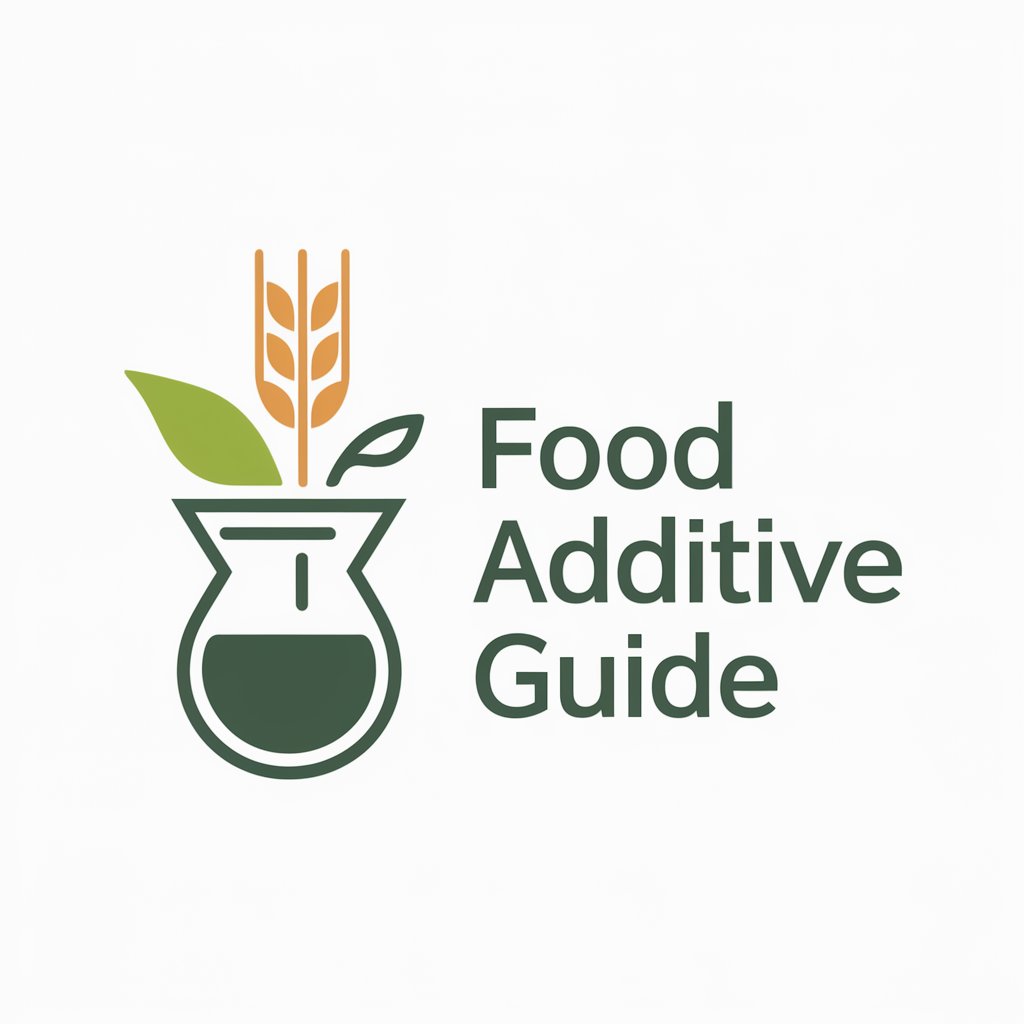
What's in my food - Meal Nutritional Analysis
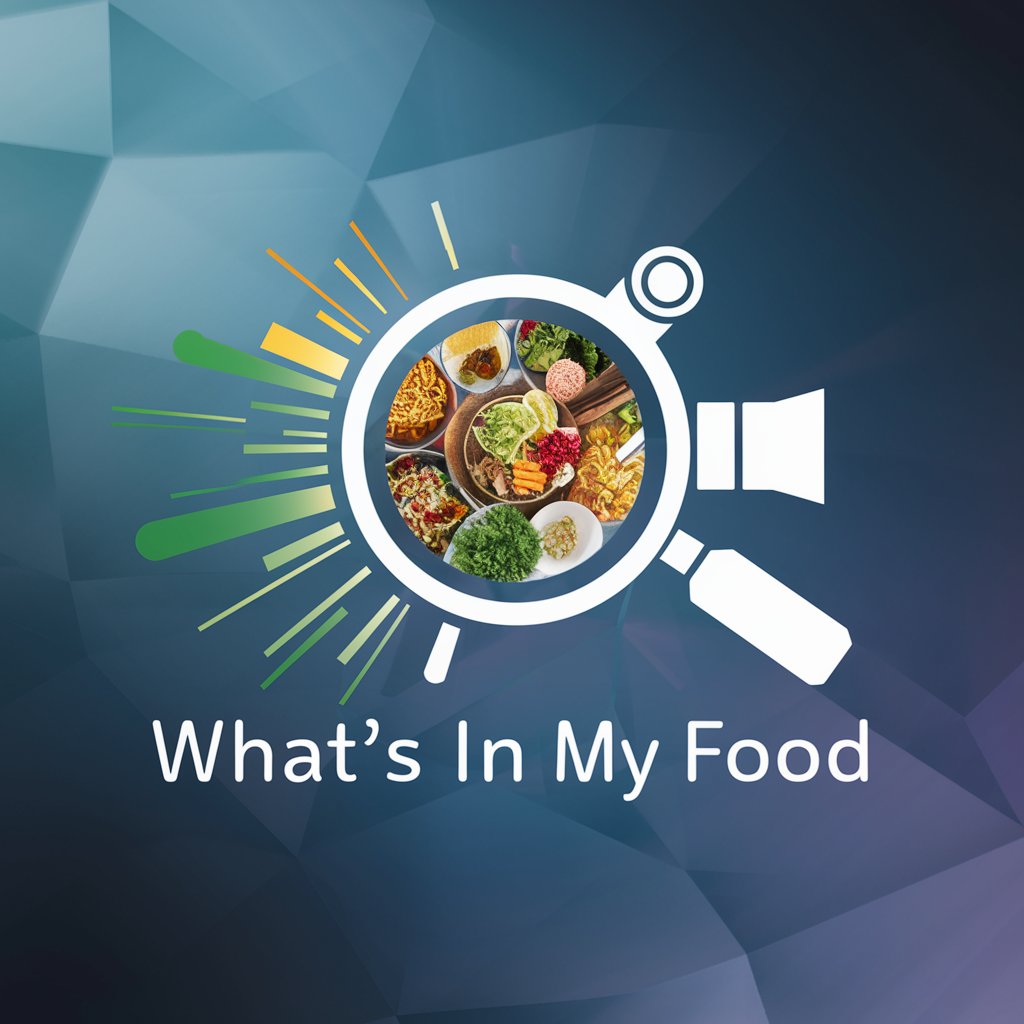
Welcome! Let's discover what's in your food.
Discover Your Food's Nutritional Secrets
Show me the nutritional breakdown of this meal:
Can you estimate the calories in this dish:
Help me understand the contents of this food:
What's in this food and how healthy is it:
Get Embed Code
Introduction to What's in my food
What's in my food is a specialized AI tool designed to provide users with detailed insights into their meals' nutritional content. By analyzing images of meals, it estimates calorie counts and offers a nutritional breakdown, including macronutrients like fats, proteins, and carbohydrates, as well as micronutrients when possible. This tool is particularly useful for individuals seeking to understand their dietary intake better, manage weight, or track nutrients for health-related goals. For instance, a user might upload a photo of a dinner plate, and What's in my food will analyze visible items to estimate the meal's total calories and nutritional composition. If the image is unclear or the items are not easily recognizable, it will make a tentative assessment but ask for more information to refine its estimates. Powered by ChatGPT-4o。

Main Functions of What's in my food
Nutritional Analysis
Example
Analyzing a photo of spaghetti Bolognese to provide an estimated calorie count and breakdown of macros like protein, fat, and carbs.
Scenario
A user aiming to track their daily calorie intake for weight management purposes uploads an image of their lunch. What's in my food processes the image, identifies the dish components, and estimates the meal's nutritional content, aiding the user in maintaining their dietary log.
Estimation Disclaimer
Example
Providing a tentative nutritional table with a disclaimer for a blurry photo of a mixed salad.
Scenario
When a user uploads a low-quality image of a meal with several indistinct ingredients, What's in my food generates a preliminary nutritional estimate but flags the uncertainty with a disclaimer. It then asks specific questions about the meal, like 'Can you identify the types of greens used?' or 'Was there any dressing added?', to improve the accuracy of its analysis.
Dietary Suggestions
Example
Offering healthier alternatives or modifications to a photographed meal, like suggesting whole grain bread instead of white bread.
Scenario
After analyzing an image of a breakfast that includes white bread, What's in my food might suggest substituting it with whole grain options to increase dietary fiber intake, supporting users in making healthier food choices.
Ideal Users of What's in my food
Health-conscious individuals
People aiming to maintain or achieve a specific weight, improve their overall health, or manage conditions like diabetes could significantly benefit from detailed insights into their dietary habits provided by What's in my food.
Fitness enthusiasts
Individuals focused on fitness and bodybuilding who need to track their intake of macros and calories meticulously to meet their training goals will find What's in my food especially useful for maintaining their diet plans.
Dietary professionals
Nutritionists and dietitians might use What's in my food as a tool to better understand their clients' eating habits, providing more tailored dietary advice based on the nutritional analysis of their meals.

How to Use What's in My Food
1
Start by visiting yeschat.ai for a hassle-free trial, no ChatGPT Plus required.
2
Upload a clear image of your meal directly into the chat interface to get started.
3
Wait for the AI to analyze your image and provide a nutritional breakdown, including estimated calorie count.
4
Review the nutritional information provided. If the analysis is unclear, provide additional details about the meal when prompted.
5
Use the feedback option to improve future analyses or ask specific questions about your food's nutritional content.
Try other advanced and practical GPTs
The MUD Game🧙♂️ Fantasy Adventure Awaits🗺️
Embark on an AI-powered fantasy quest

Wrestling Whiz
Your AI-powered wrestling guide

Concurseiro | Encontre o concurso ideal! 📚✍🏻💼
Empower your career with AI-guided exam discovery.

Especialista em Descrição de Moda e SEO
Enhancing Fashion With AI-Driven SEO

Blog Médico V2
Revolutionizing Medical Content with AI

i miss u meaning?
Empowering creativity and learning with AI

DIWALI
Illuminate Your Diwali with AI

MarketingGPT
Elevate Your Marketing with AI

Cooking4two
AI-powered culinary assistant for two
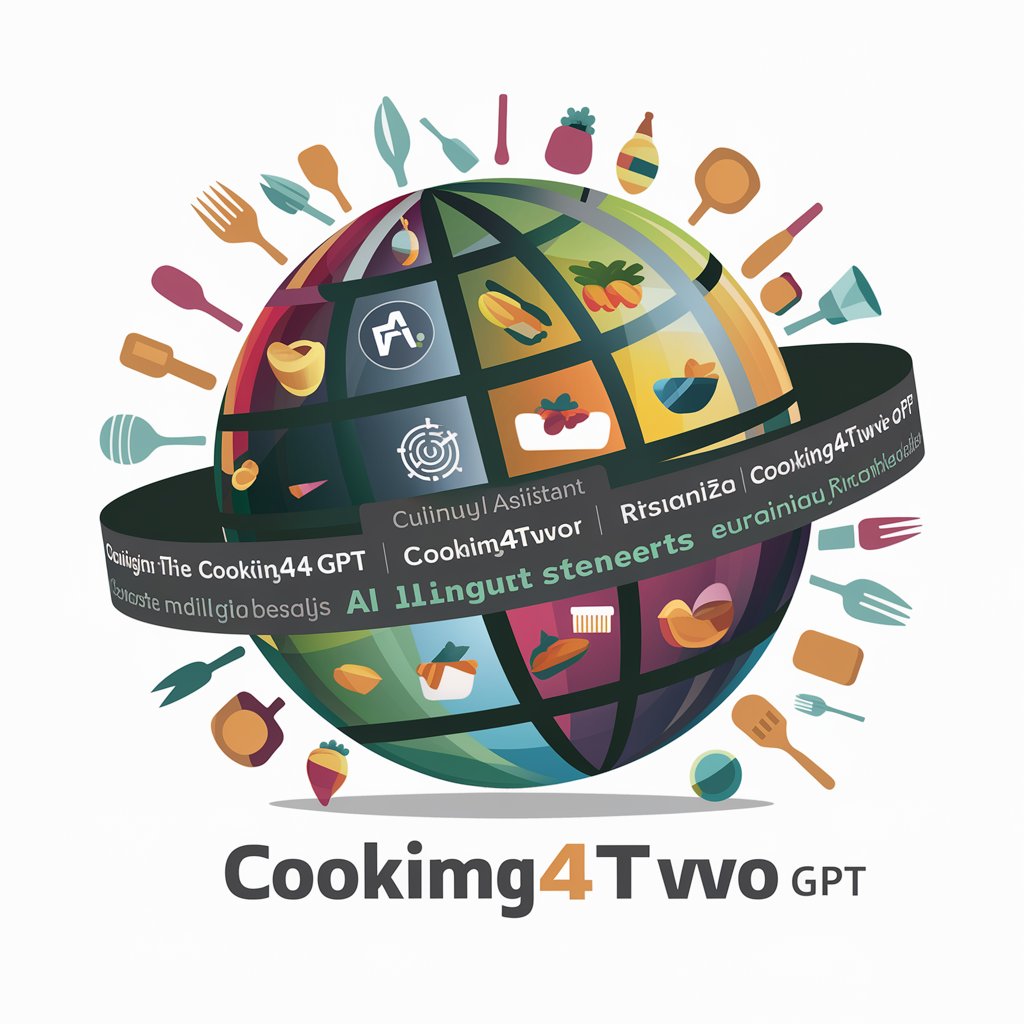
Wash Wise 👕🏷️Decoding Laundry Labels💧
Deciphering Care Labels with AI Precision
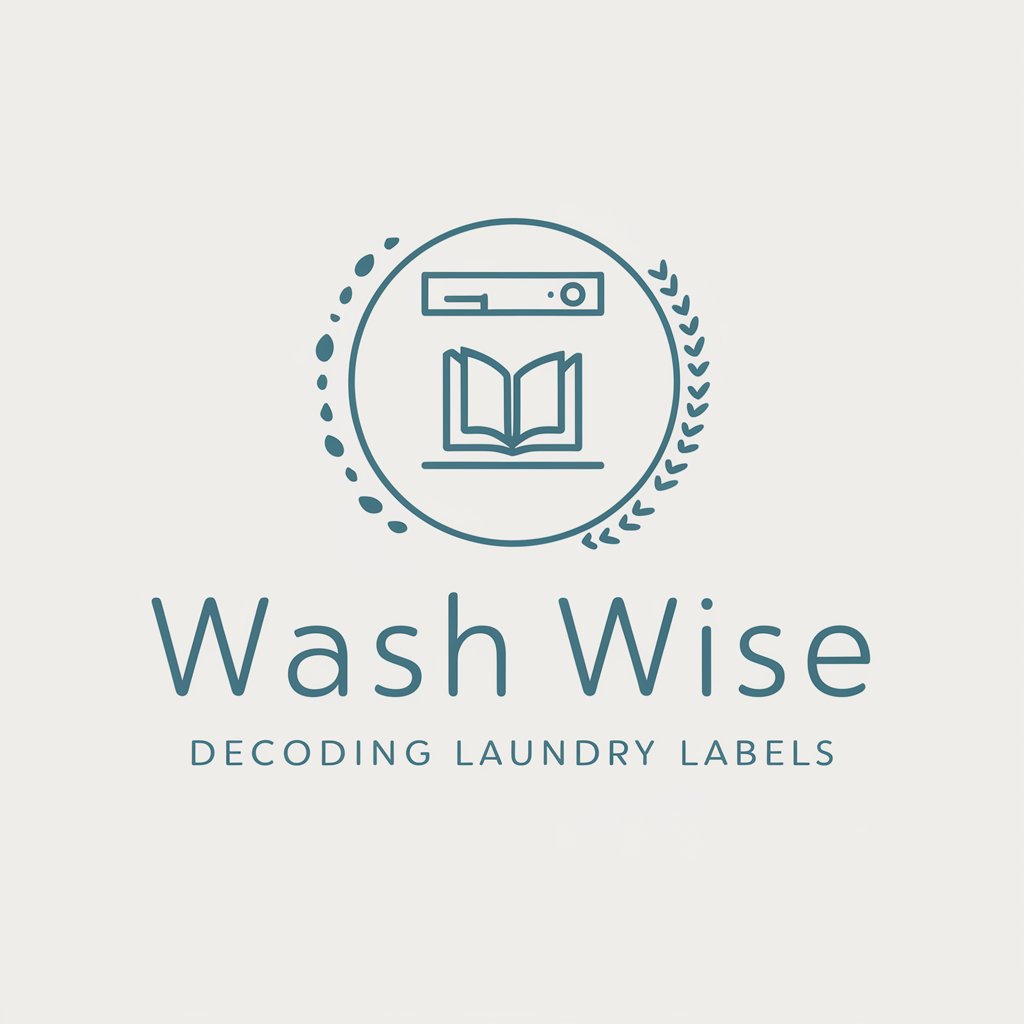
Lexideck Silver City Shadows RPG
Revolutionizing RPGs with AI Mastery

Market Trend Explorer
Unveiling Market Trends with AI

Frequently Asked Questions about What's in My Food
What types of meals can What's in My Food analyze?
This tool can analyze a wide range of meals, from simple dishes like salads to complex ones like mixed platters. The accuracy of the nutritional breakdown depends on the clarity of the image and the distinctiveness of the food items.
How accurate is the calorie count provided?
The calorie count is an estimate based on the visual information from the uploaded image. Accuracy improves with clearer images and more recognizable food items. For ambiguous dishes, the tool provides a ballpark figure and asks for more details to refine its estimate.
Can What's in My Food identify all ingredients in a dish?
While it aims to identify major components and their nutritional values, some ingredients, especially if they are mixed or processed, may not be individually recognized. Users are encouraged to specify any known ingredients for a more accurate analysis.
What should I do if the analysis seems incorrect?
If the analysis doesn't seem right, you can provide additional details about your meal or ask specific questions. The AI uses this information to refine its understanding and improve the accuracy of its nutritional breakdown.
Is What's in My Food suitable for tracking dietary needs?
Yes, it can be a helpful tool for tracking your dietary intake. However, for specific health-related goals or conditions, it's advised to consult with a healthcare professional, as the tool provides estimates based on visual analysis.

